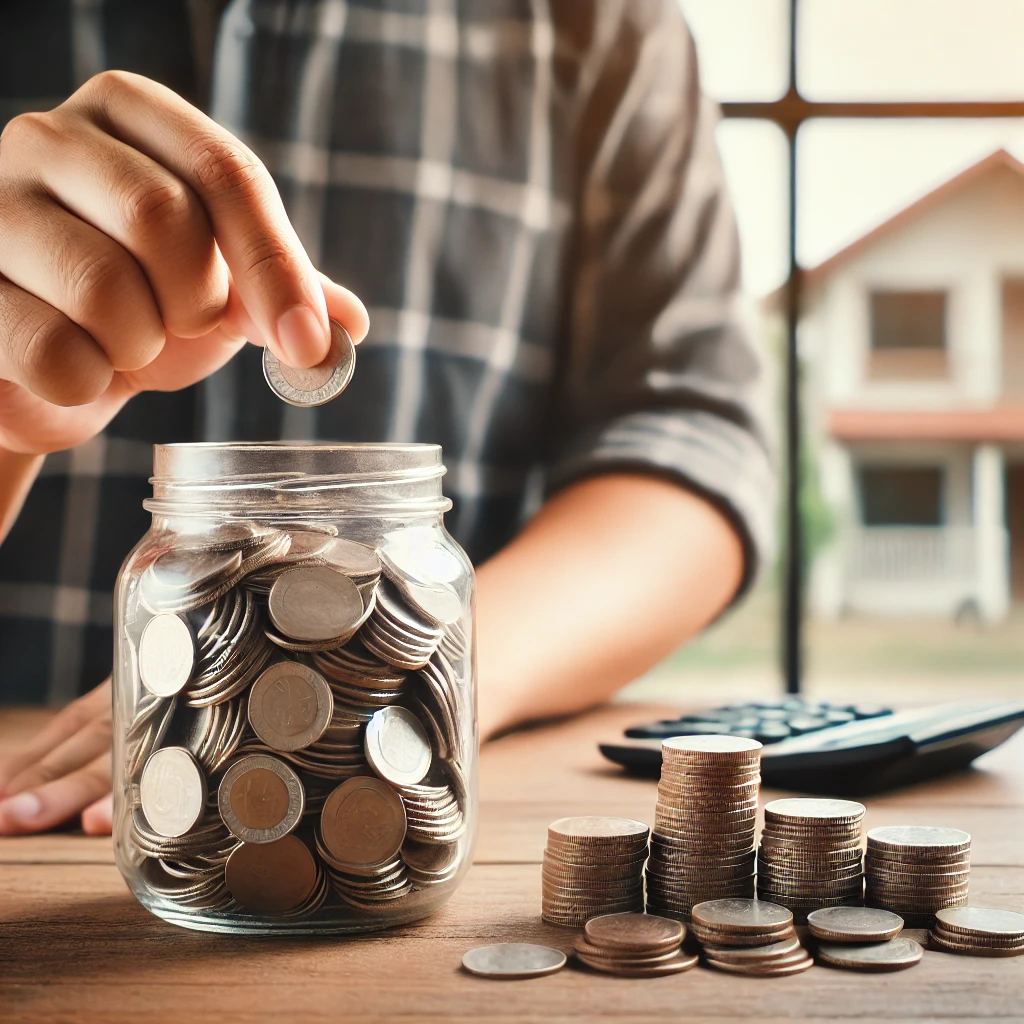In today’s unpredictable world, having an emergency fund is crucial for financial stability and peace of mind. An emergency fund serves as a financial safety net, allowing you to handle unexpected expenses without resorting to high-interest debt. This article will delve into the importance of an emergency fund, how to build one, and best practices for maintaining it.
Why You Need an Emergency Fund
Financial Security
An emergency fund provides financial security by ensuring you have money set aside for unforeseen events. Life is full of surprises, and not all of them are pleasant. Whether it’s a medical emergency, car repair, or job loss, having a dedicated savings cushion can help you navigate these challenges without financial stress.
Avoiding Debt
One of the primary benefits of an emergency fund is avoiding debt. Without a safety net, you might rely on credit cards or loans to cover unexpected expenses. This can lead to high-interest debt, which can be challenging to pay off and negatively impact your credit score. An emergency fund allows you to pay for emergencies upfront, without accruing interest or fees.
How to Build an Emergency Fund
Assess Your Needs
Before you start building your emergency fund, it’s essential to assess your needs. Consider your monthly expenses, including rent or mortgage, utilities, groceries, transportation, and any other regular bills. A good rule of thumb is to save enough to cover three to six months’ worth of expenses. This amount can provide a buffer in case of job loss or other long-term emergencies.
Set a Goal
Setting a clear goal for your emergency fund can help you stay motivated. Determine how much you need to save based on your monthly expenses and create a timeline for reaching your goal. Break it down into smaller, manageable milestones to track your progress.
Create a Budget
Creating a budget is a crucial step in building your emergency fund. Review your income and expenses to identify areas where you can cut back and save more. Prioritize your emergency fund contributions in your budget, treating them like any other essential expense.
Automate Your Savings
Automating your savings is an effective way to build your emergency fund consistently. Set up automatic transfers from your checking account to a dedicated savings account. This ensures that a portion of your income goes directly into your emergency fund each month, reducing the temptation to spend it.
Start Small and Increase Gradually
If saving a large amount seems daunting, start small and increase your contributions gradually. Even saving a small amount each week or month can add up over time. As you get used to saving, try to improve your contributions whenever possible, such as after receiving a raise or bonus.
Use Windfalls Wisely
Windfalls, such as tax refunds, bonuses, or gifts, can provide a significant boost to your emergency fund. Instead of spending these unexpected funds, consider putting them directly into your emergency fund. This can help you reach your savings goal faster.

Best Practices for Maintaining Your Emergency Fund
Keep It Accessible
While it’s important to keep your emergency fund separate from your regular checking account, it should still be easily accessible. Choose a high-yield savings account or money market account that allows you to access your funds quickly in case of an emergency. Avoid investing your emergency fund in stocks or other volatile assets, as their value can fluctuate and they may not be readily accessible when needed.
Avoid Temptation
To ensure your emergency fund is available when you need it, avoid dipping into it for non-emergencies. It can be tempting to use this money for vacations, new gadgets, or other wants, but doing so defeats the purpose of having an emergency fund. Establish clear guidelines for what constitutes an emergency and stick to them.
Regularly Review and Adjust
Your financial situation and expenses may change over time, so it’s essential to review and adjust your emergency fund periodically. Reevaluate your savings goal and monthly contributions at least once a year or whenever you experience significant life changes, such as a new job, marriage, or the birth of a child. This ensures your emergency fund remains adequate and aligns with your current needs.
Replenish After Use
If you need to dip into your emergency fund, make it a priority to replenish it as soon as possible. Resume your regular savings contributions and consider increasing them temporarily to restore your fund to its previous level. This helps ensure you’re prepared for any future emergencies that may arise.
Conclusion
Building and maintaining an emergency fund is a critical aspect of financial health. By providing a financial safety net, an emergency fund can help you handle unexpected expenses without stress or debt. Start by assessing your needs, setting a goal, and creating a budget. Automate your savings, start small, and increase your contributions gradually. Keep your fund accessible, avoid unnecessary withdrawals, and regularly review and adjust your savings plan. By following these best practices, you can ensure your emergency fund remains a reliable source of financial security.

